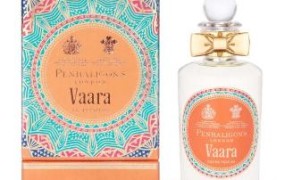Trip to Kharkiv : From The Rooster House
The news of another Russian attack shook me, because it touched Kharkiv and claimed more than 50 lives. I couldn’t read the news without breaking down in tears. Kharkiv is Ukraine’s second-largest city, located in the northeast of the country. It’s about an hour by train by Poltava, and in my family’s geography, Kharkiv has a special place. That’s where my grandmother Valentina studied at the university, met her future husband Boris and had my mother. I wanted to give you our personal sense of this luminous city by sharing an excerpt from my book, The Rooster House. The scene describes our return to Kharkiv for Valentina to discover it after many years away and for me to discover yet another mystery.
Kharkiv was waking up to the rustle of the street cleaners’ brooms, the melodic whine of trams speeding down narrow alleys and the glare of the morning sun. Valentina and I took a bus from the train station, crossed a bridge over a muddy river and drove past old buildings draped in advertisements for manicures, beer on tap and legal help. The imposing blocks of the Soviet novostroiki, literally ‘new buildings’ that were no longer new, sidled up next to modern churches that aimed to look old.

Despite the changes the city had undergone since Valentina was a student, I could easily imagine what she must have felt on her first visit. Kharkiv had neither the splendour of Kyiv nor the bucolic charm of Poltava, but it had grandeur. The buildings were massive; the streets were wide; the monuments outsized. Kharkiv was also a town of memorial plaques. On every corner, a hero had died and a poet had penned a verse. I also noticed many blank spots where plaques had been removed. Some heroes were heroes no longer.
















Joi in Giorgio Armani Mania : Long Lost Favorite Perfume: Yes!! January 25, 2024 at 2:54am